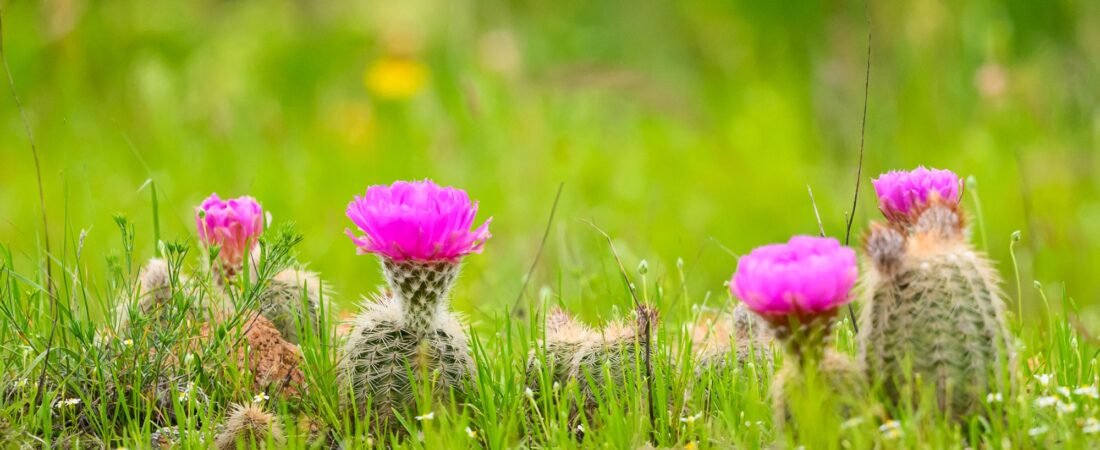Members of Seabrook Island Birders love to travel to find birds. In fact, several members have some very exciting travel plans this summer so stay tuned for those upcoming blogs!
As for me, I traveled to Texas and Oklahoma this spring for a wildlife photography workshop. They say that photographers don’t go on vacation, they go on location. I can see some truth in that. And when you mix in birds, well, it becomes less about sightseeing and more about the best places to photograph the birds you need for your life list.
A little more than a year ago I attended a few webinars by professional photographer Russell Graves, from Hackberry Farm, Texas. Russell has been a photographer and writer since his teens, and worked as a teacher for 16 years. In fact, he was named Texas Agriscience Teacher of the Year on three occasions, a finalist for National Agriscience Teacher of the Year twice, and won just about every major award given to those in his former profession. He also built a solid reputation as a top Texas photographer and writer during that time, producing content for magazines, advertising campaigns, television projects, and numerous books. In addition to his personal work, he leads world-class photography workshops, blending beautiful locations, expert technical advice, and entertaining lessons in local culture and flavor. A rural Texas workshop sounded like the perfect choice.
Speaking of local culture and flavor, our welcome to Texas included dinner the first night at Hard Eight BBQ in Dallas, where we were served “Texas Style” straight from the pit by the Pit Master himself. It was a fun night, the food was excellent, and this was the perfect way to start our week!
The next day we drove to Childress, TX, population 5,770. Russell owns a property in Childress named Redlands Ranch, and this ranch was the whole reason I selected this particular workshop. His ranch is accessible only via dirt road (read “muddy”, as it had been raining off and on for three weeks prior to our arrival), requiring us to drive in on a Gator side by side, the back filled with our photography gear.
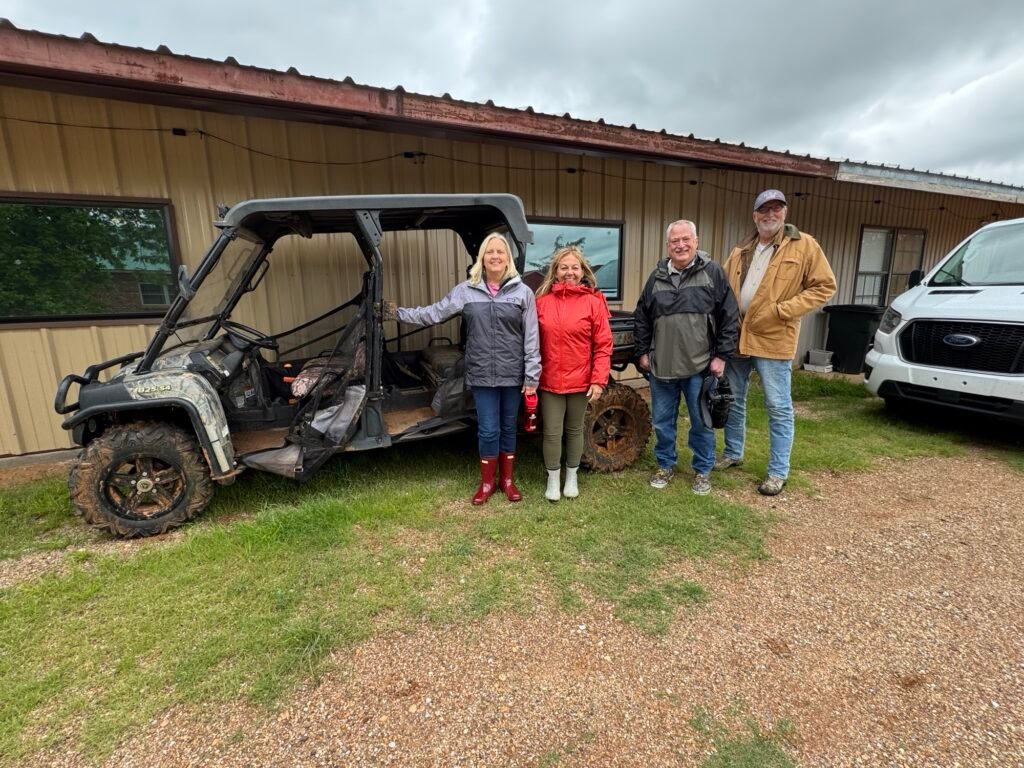
With very few homes in the area, the wildlife still claims the land as theirs, and Russell has found a way to make the most of the opportunities without disturbing the animals. He has an in-ground blind, perfectly situated in front of a large watering hole where many kinds of animals come throughout the day to drink. The blind was large enough to accommodate all six of us comfortably, giving us an eye-level view of the birds and animals as they approached.
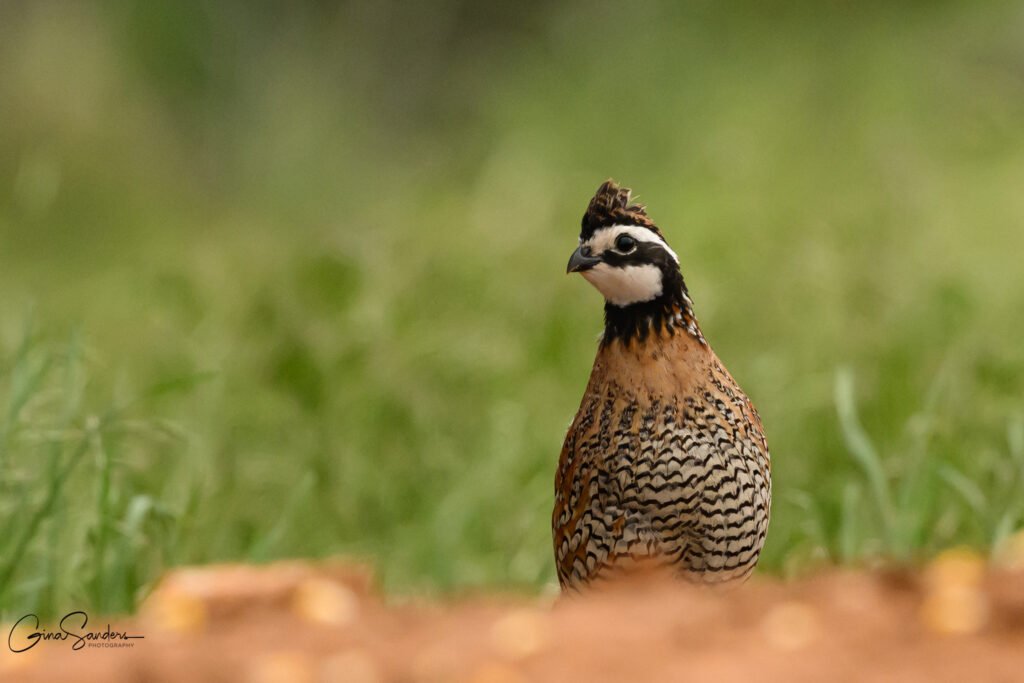
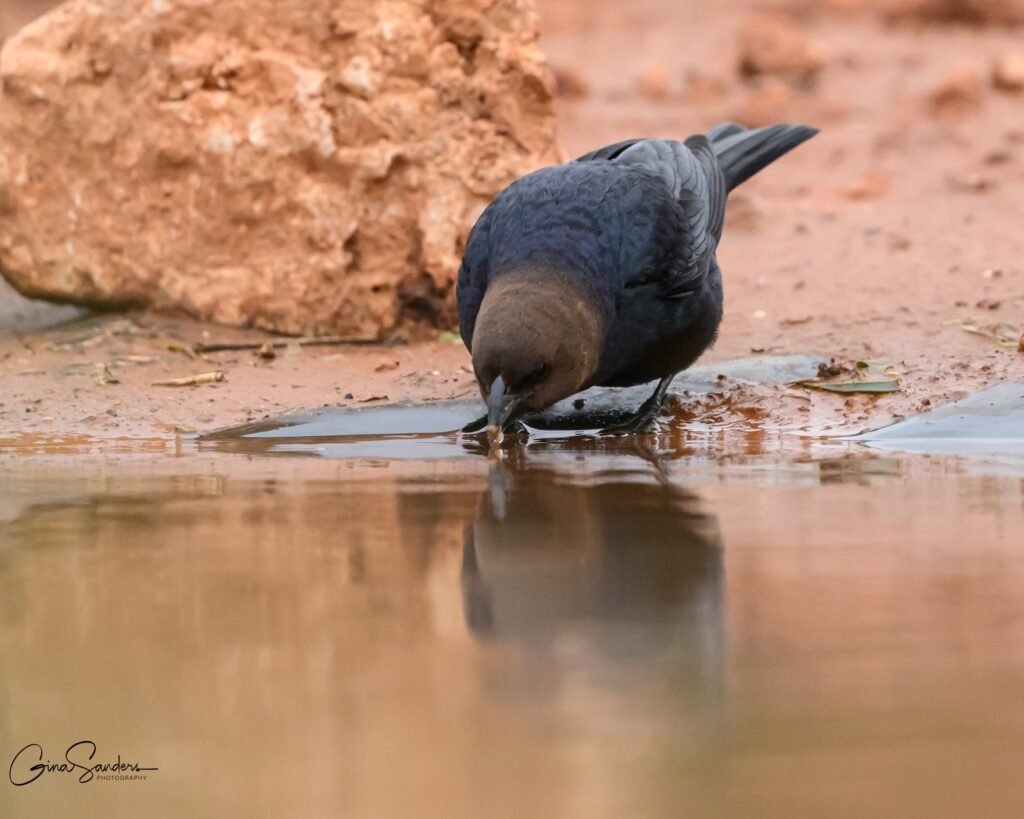
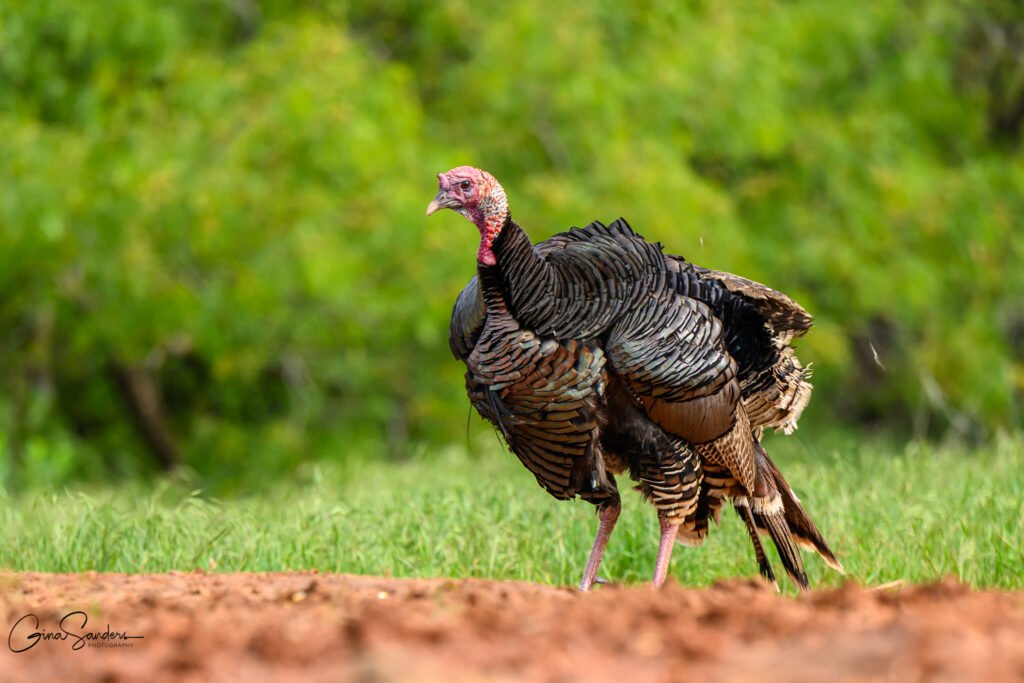
First to appear were Mourning Doves, followed quickly by Northern Cardinals, Northern Bobwhite, White-crowned Sparrows, Brown-headed Cowbirds, and Rio Grande Wild Turkeys. Kingbirds and Painted Buntings were in the trees around us, giving me a nice start to my eBird list from the first day. We also had visits from rabbits, Mule deer, White-tailed deer, and wild pigs.
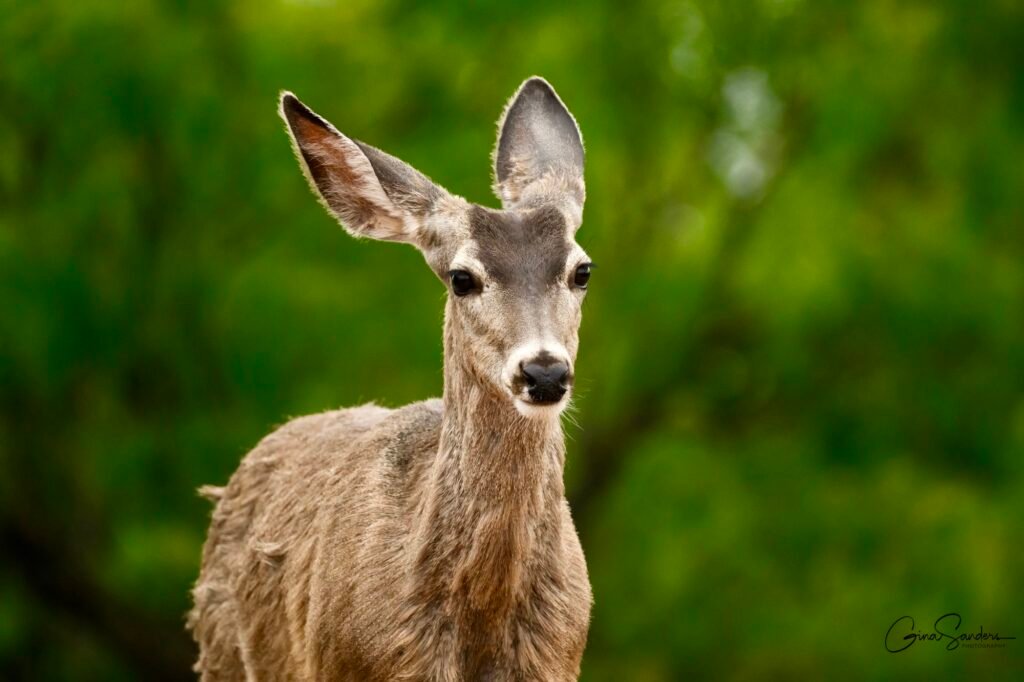
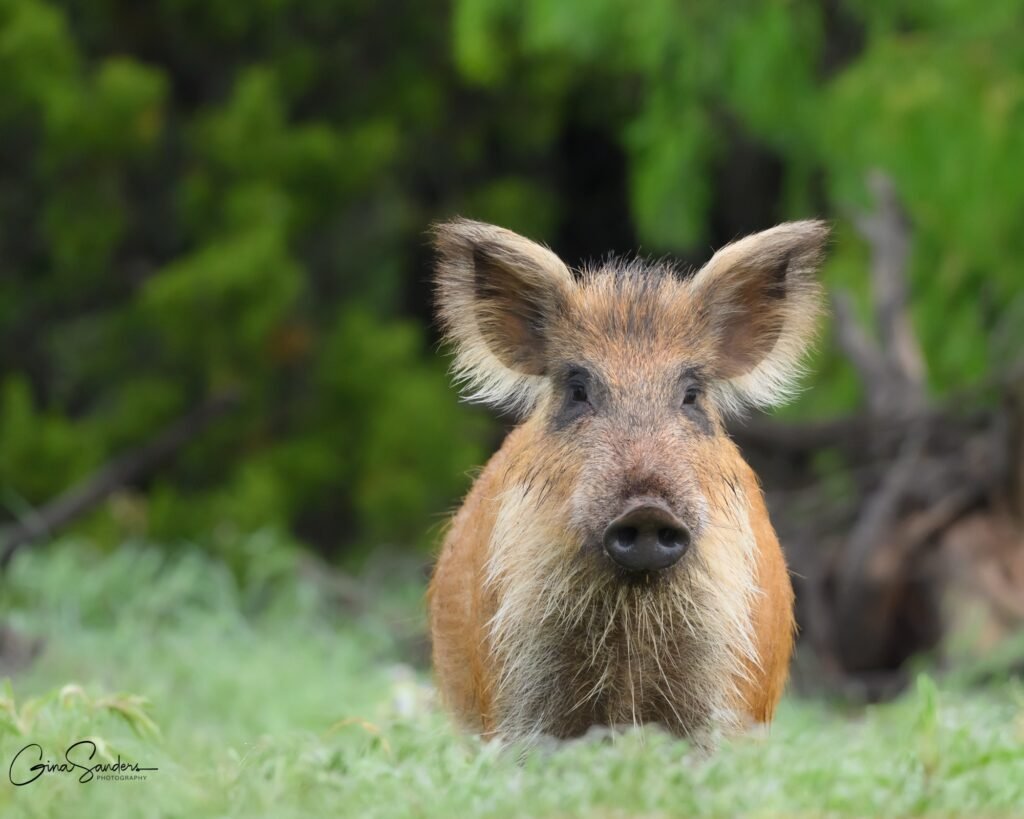
The next day was cool and rainy, which made conditions perfect to photograph something rather unique. Well, unique for me and the others in the workshop. We had the chance to photograph rattlesnakes. With the cool weather, they weren’t as active and were content to sit on the ground while we snapped away. A quick lesson in snake safety helped us understand just how close we could get, or not get, and the recent rains had provided beautiful wildflowers for the background. It’s safe to say this was a first for me, and one I surprisingly enjoyed quite a bit!
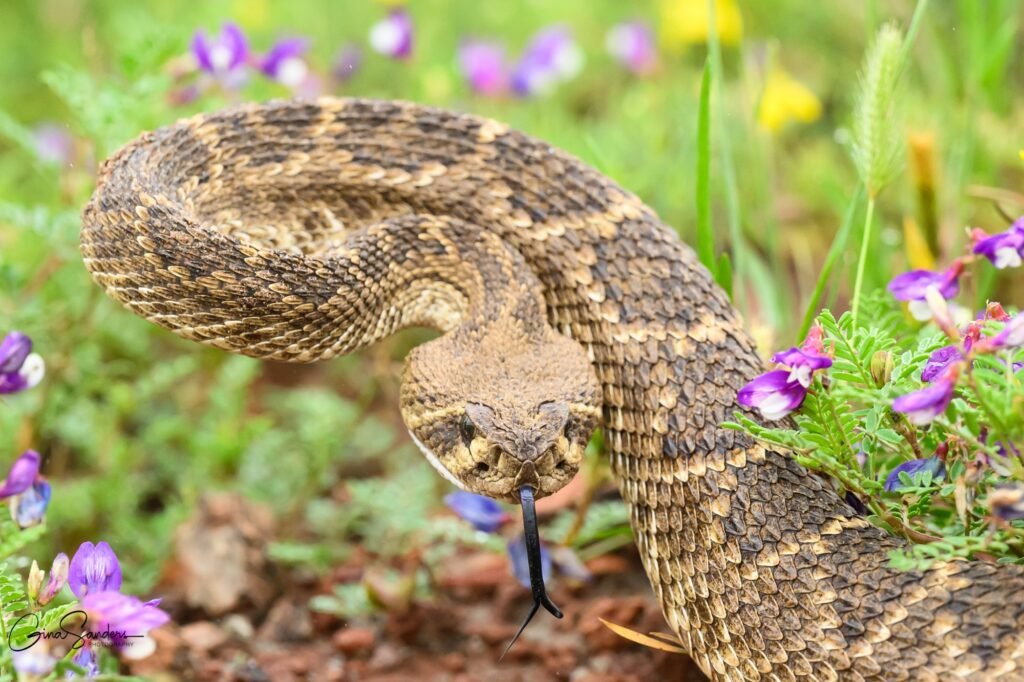
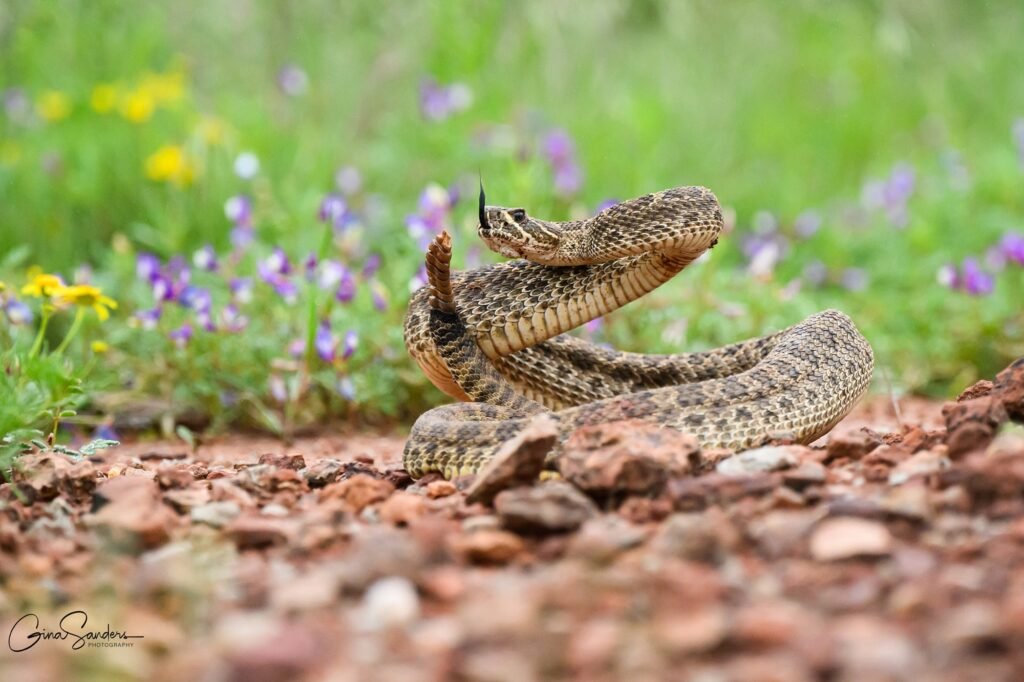
After a couple of days at the blind, we drove over to Lawton, Okalahoma and nearby Fort Sill. Fort Sill serves as home to the United States Army Field Artillery School as well as the Marine Corps’ site for Field Artillery MOS school, United States Army Air Defense Artillery School, the 31st Air Defense Artillery Brigade and the 75th Field Artillery Brigade.
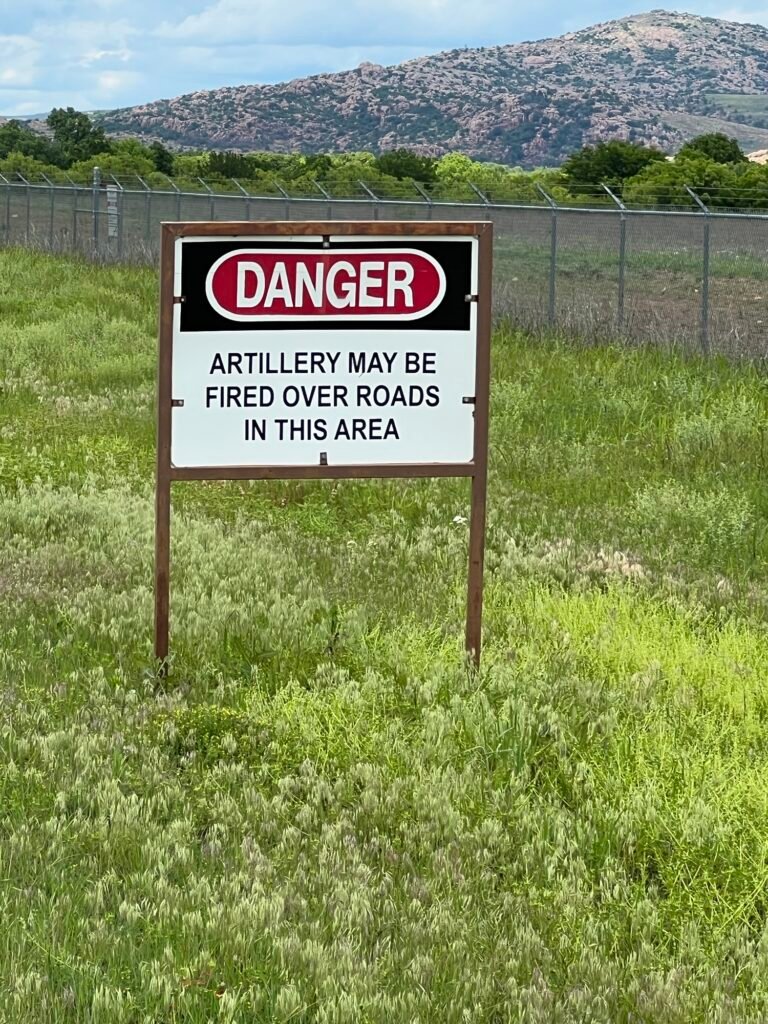
It’s a large installation and covers almost 94,000 acres. Our destination was Wichita Mountains Wildlife Refuge and to get to it, you had to drive right by Fort Sill, which was actually spread out on both sides of the road. Roadside signs reminded you that you were passing an active military post, not the kind of signs you see every day!
Wichita Mountains Wildlife Refuge turned out to be one of the highlights of the trip or me. If you’ve never been, think Yellowstone, but without so many cars and people. Being there in mid-week was wonderful, we had the roads to ourselves most of the time. With sunny weather and comfortable temperatures, (and no humidity!), the wildlife was active.
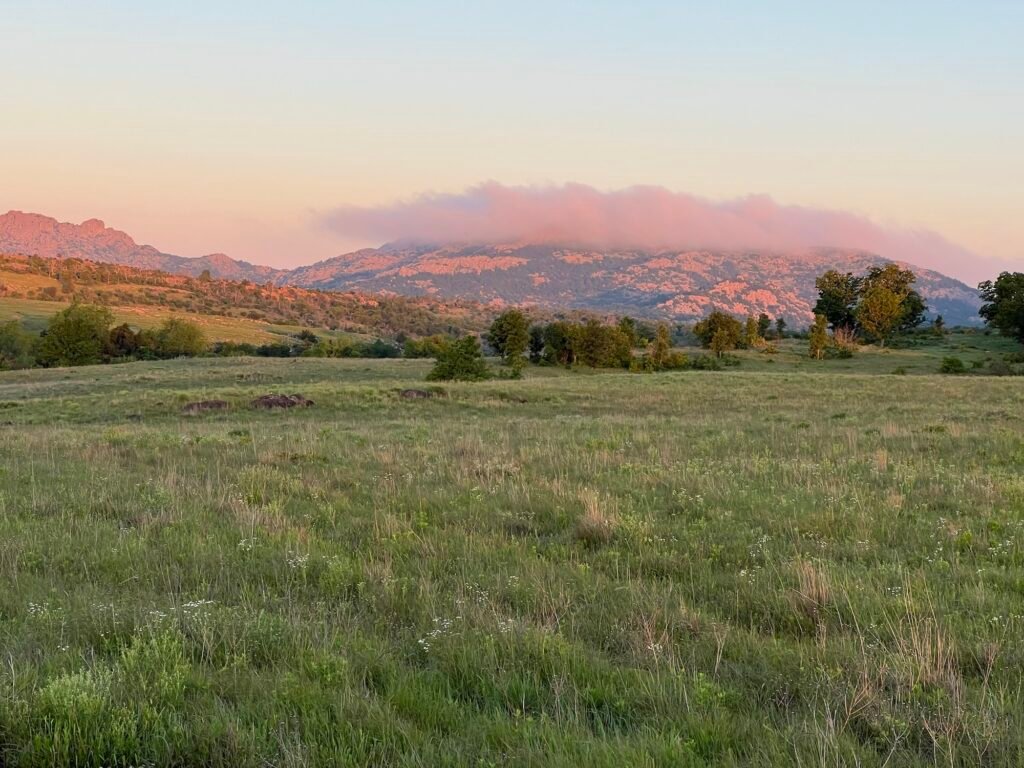
Quoting straight from their website, “Wichita Mountains Wildlife Refuge preserves approximately 60,000 acres of mixed grass prairie, ancient granite mountains, and fresh water lakes and streams for the benefit of wildlife and the American people. Best known for its roaming herds of bison, longhorn, and Rocky Mountain elk, Wichita Mountains also offers quality opportunities for wildlife dependent recreation including fishing, bird watching, wildlife photography, hiking, camping, and kayaking.” I was also pleasantly surprised to see that a large portion of the refuge is closed off to people, giving wildlife their own area with no disturbance by humans.
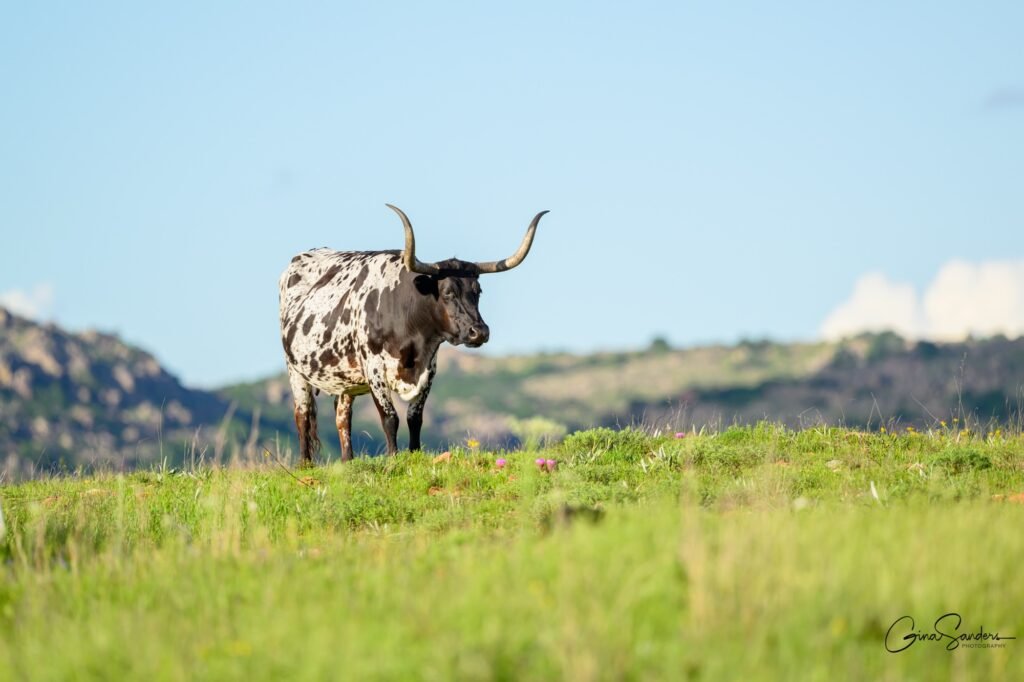
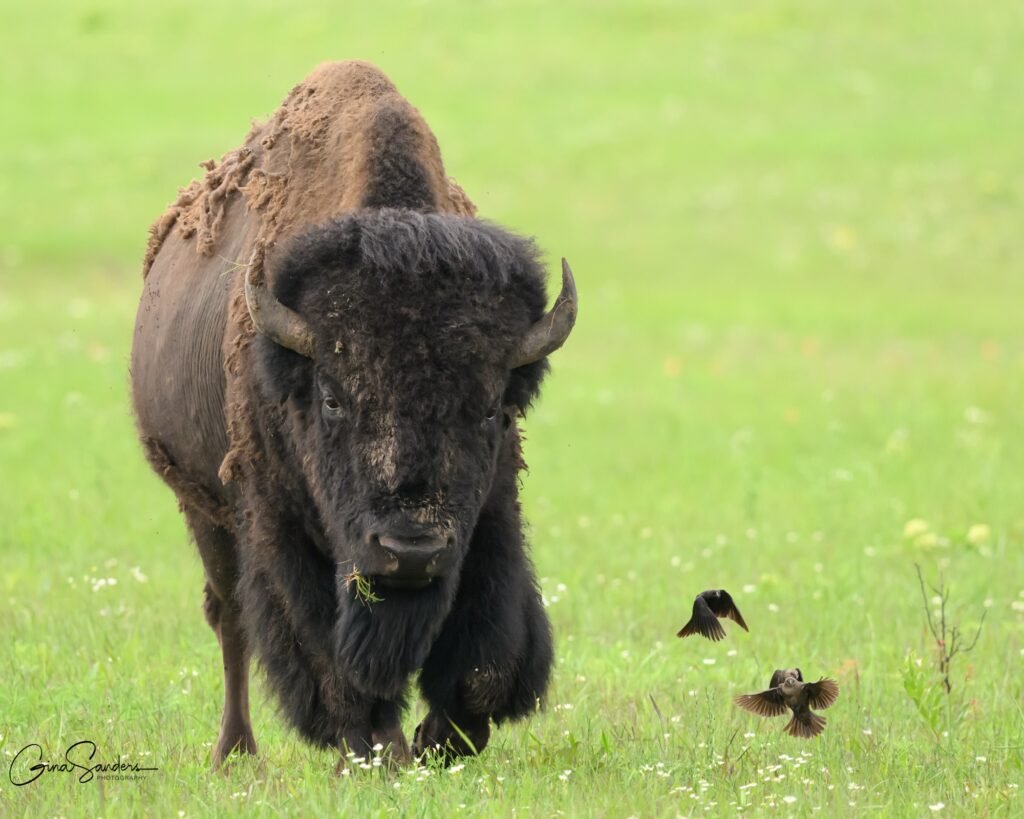
Right way, I was excited to see my first Scissor-tailed Flycatchers and Dickcissels, and numerous Eastern Meadowlarks hanging out on old fence wire. By the end of the first day I could pick out the song of the Dickcissel as easily as if I’d been listening to it my whole life. Lark Sparrows, Black-capped Vireo, Bell’s Vireo, Warbling Vireo, and Cassin’s Sparrows were also nice additions to my life list.
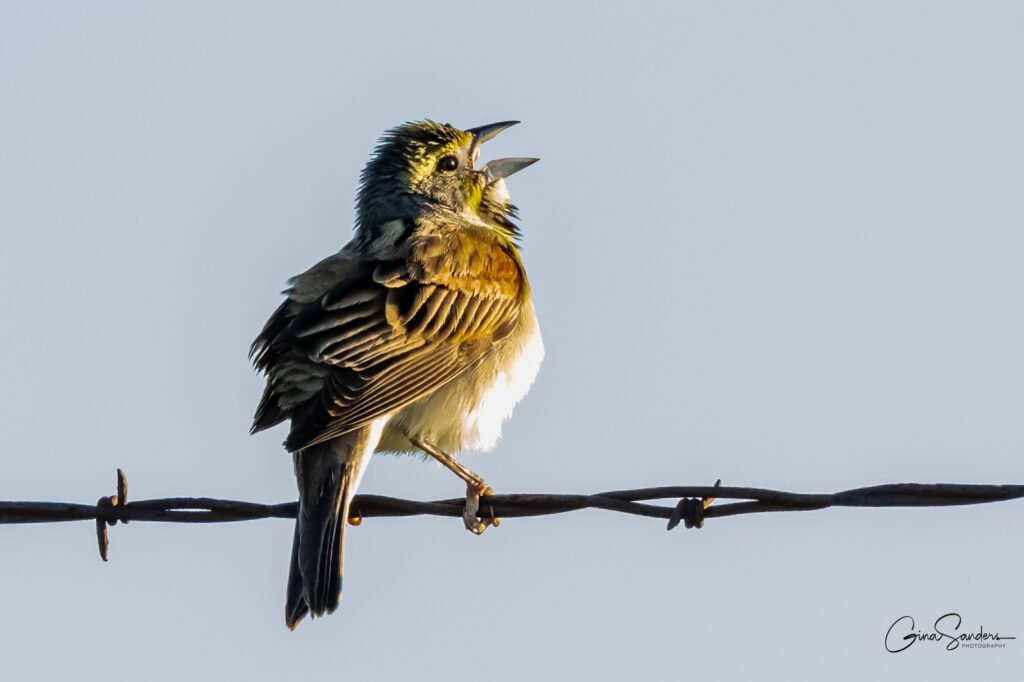
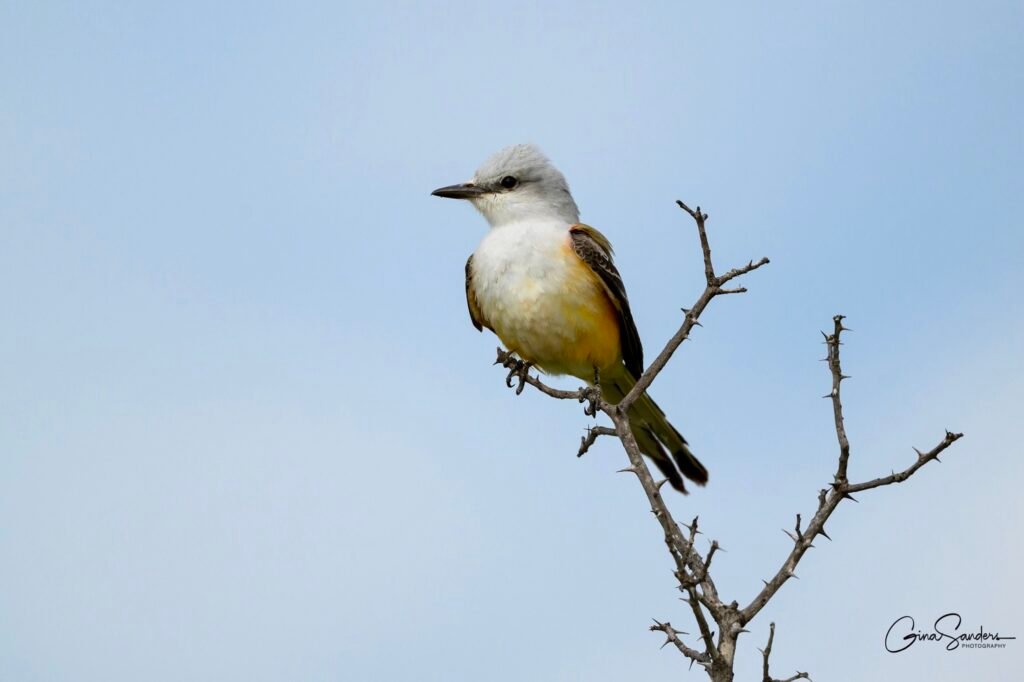
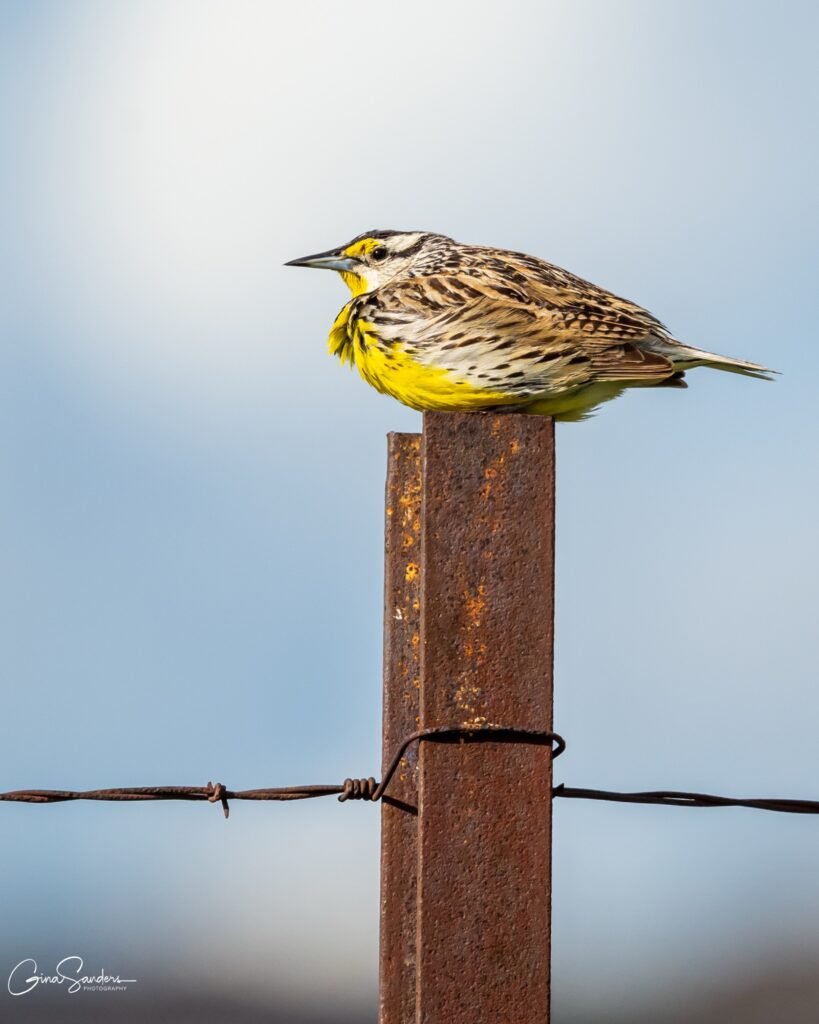

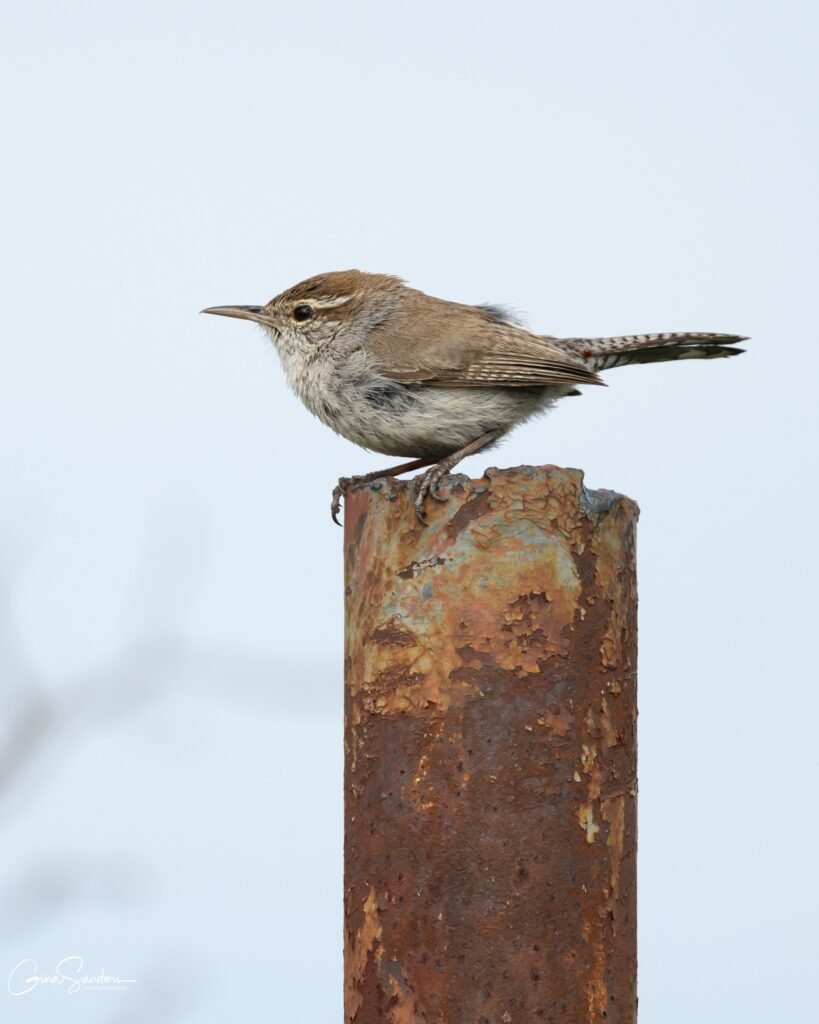

We spent two days in the refuge, photographing safari-style right from our van, or hopping out to photograph bison, longhorn, birds, cactus and wild flowers. And the bird I heard the most? Painted Buntings! Every time we stopped the van I could hear their song.
The five day workshop all too quickly came to an end, but what a week it was! Eleven new life birds for me, several new photography tips, and a great group of new friends. I can safely say I’d go back tomorrow, and I’m already planning my next photo workshop. I wonder what adventures, and life birds, will be in store for us next year!
Submitted by Gina Sanders
Photos by Gina Sanders

